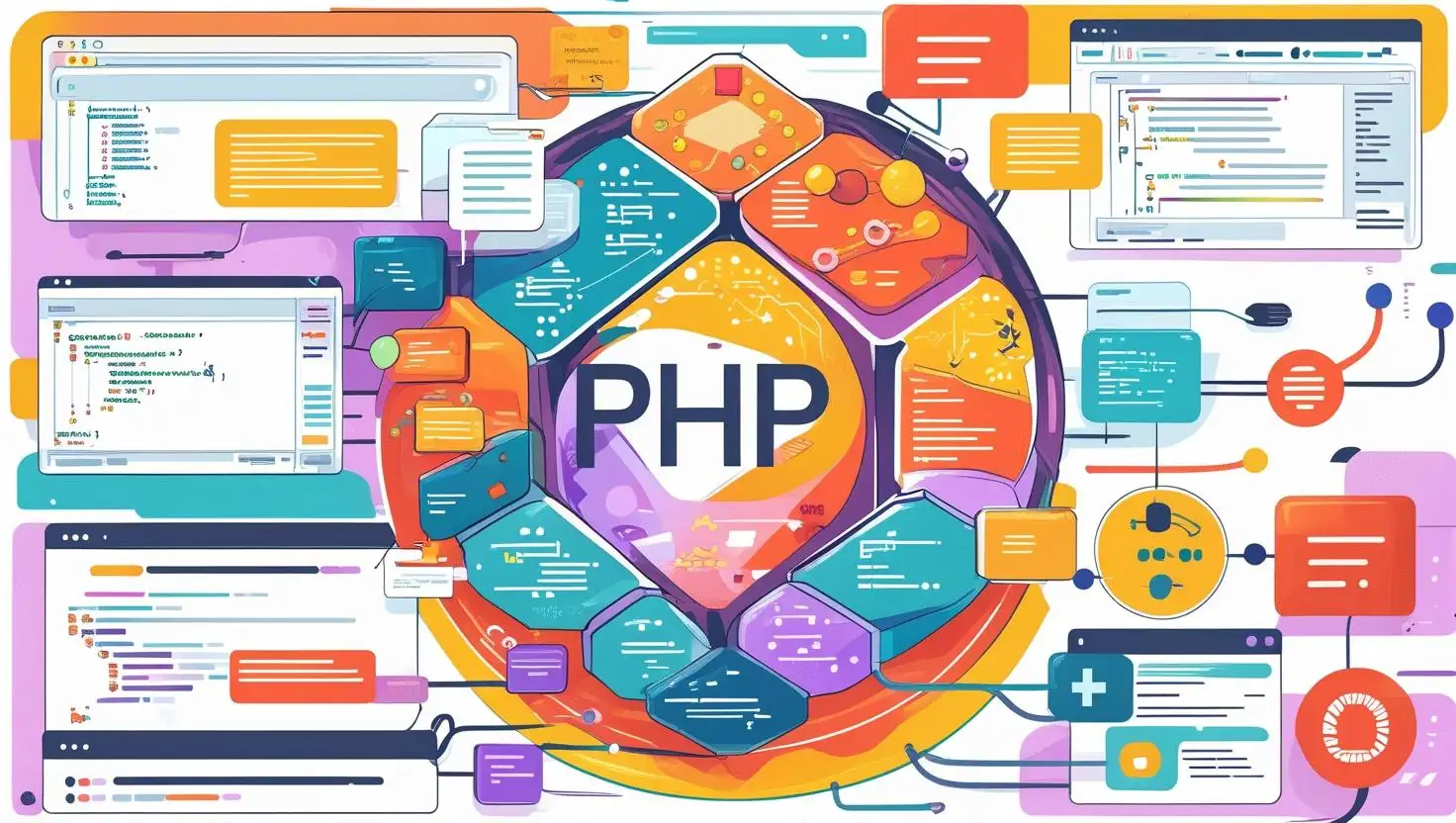What is PHP Language? Discover Its Power & Why You Should Learn It

Hello and welcome! I’m Somen, a passionate PHP developer who loves making web magic and—just as much—helping new coders find their way. If you’re new or even just a little curious about coding, you’re in the right place. Today, let’s talk about one of the most essential building blocks of web development: PHP. By the time you’re done reading, you’ll not only understand what is PHP language—you’ll see why learning PHP could be your best step into the world of web-based development, creative skills, or even digital marketing.
What This Is About: Understanding PHP
If you’ve ever wondered how dynamic websites—like online stores, blogs, or login systems—magically update, send emails, or remember you, much of that is thanks to PHP. But what is PHP?
What is PHP Language?
PHP stands for Hypertext Preprocessor. It’s an open-source, server-side scripting language mainly used for web development. That means it runs on a web server and creates web pages, manages forms, handles data, and much more before anything is shown to your web browser. If you’ve visited sites like Facebook or WordPress blogs, you’ve encountered PHP—even if you never noticed!
One way I like to put it: PHP is like a chef in a restaurant’s kitchen. While you only see the beautiful meal (the HTML on your screen), it’s PHP preparing everything behind the scenes, talking to the database, and making sure your order arrives just right.
A Super Simple PHP Example
Let’s peek at the classic “Hello, World!” in PHP. You’ll see just how beginner-friendly it is:
<?php
echo "Hello, World!";
?>That’s really it! The echo command tells PHP to output the words. Save this in a file with a .php extension and view it with a server—you’ll see your message on the page.
Why PHP Devs Should Care
Now that you know what is PHP language and how approachable it can be, the next good question is: Why choose PHP? As a PHP developer, I can tell you PHP isn’t just “old reliable”—it’s still hugely relevant. Here’s why:
1. Easy to Learn & Read
PHP’s syntax (the way you write it) is simple and forgiving. If you can understand basic English, you’ll find PHP friendly. Think of a variable as a labeled box—it “stores” something for you:
<?php
$name = "Somen";
echo "My name is " . $name;
?>Above, we put “Somen” in a box called $name and then “echo” it out. Easy, right?
2. Widely Used & Supported
Almost 77% of websites using server-side languages choose PHP. Big names like Facebook, Wikipedia, and WordPress rely heavily on PHP. That means there’s a giant community, loads of tutorials, and endless problem-solving resources—so you’re never alone on your learning journey.
3. Fantastic for Beginners & Pros Alike
Whether you’re building your first page or a complex application, PHP scales with your skills. You can start simply, then move to advanced, object-oriented programming as your confidence grows.
4. Free, Open Source, and Flexible
You don’t need to buy expensive licenses and you can use PHP on just about any server—Linux, Windows, macOS. Flexibility is a big plus.
| Why Use PHP? | Benefit to You |
|---|---|
| Open Source | No cost; unlimited tinkering |
| Easy Syntax | Quick to learn and less scary for beginners |
| Massive Community | Get help whenever you’re stuck |
| Great for Web Apps | Powerful enough for Facebook or your own creative project |
How to Use PHP (Getting Started)
Ready to get your hands a bit dirty (in a fun way)? Here’s a simple roadmap for using PHP, whether for learning, hobby, or career:
1. Install a Local Server
Since PHP runs on servers, you’ll need an environment like XAMPP or WAMP on your computer to test your code offline. These are easy installers—no stress!
2. Write Your First Script
Create a file called test.php in your server’s “htdocs” or “www” folder and add this:
<?php
// This is a comment!
echo "You are learning PHP with Somen!";
?>3. Run and Celebrate!
Open your browser and head to http://localhost/test.php—see your PHP output live. You’re coding!
More Fun With PHP
PHP doesn’t stop at text. You can accept user input, connect to databases, serve dynamic content, and even make forms. Here’s how a simple form-handling script works:
<form method="post" action="handle.php">
Name: <input type="text" name="username">
<input type="submit">
</form>
<?php
// handle.php
$user = $_POST['username'];
echo "Welcome, " . htmlspecialchars($user);
?>See? With only a few lines, you can take user input and respond to it securely.
Conclusion
So, what is PHP language? It’s your friendly, flexible, and beginner-friendly tool for making web experiences come alive—whether for hobby projects, learning new developer skills, or building the next big site. PHP is here to help and has a generous community to support you. If you want to explore deeper—like SEO, AI, or creative skills—PHP is a fantastic foundation that powers much of the modern web.
Keen to dive deeper? Check out more blog posts here on MATSEOTOOLS, or discover the larger world of development that PHP is a proud part of. You’re always welcome to ask questions—after all, every expert started where you are today.
Written by Somen from MATSEOTOOLS
 Some Question
Some Question


